
Sorry, your browser is not compatible with this application. Please use the latest version of Google Chrome, Mozilla Firefox, Microsoft Edge or Safari.
Energy Content

Bureau of Ocean Energy Management...
Bureau of Ocean Energy Management (BOEM) uses Intergovernmental Renewable Energy Task Forces to help shape its approach to offshore wind and other renewable energy development on the U.S. Outer Continental…
Learn More

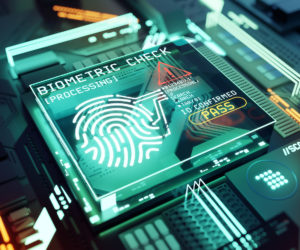
U.S. Department of Energy Cybersecurity Strategy
In May 2021, President Biden issued Executive Order 14028, Improving the nation’s Cybersecurity, which makes a significant contribution towards the modernization of cybersecurity defenses by protecting federal networks, improving information-sharing…
Learn More


Data Center Energy Impacts and State Responses
As AI adoption accelerates, data centers are rapidly expanding and driving some of the fastest-growing electricity demands in the country. States are now grappling with rising power costs, grid strain,…
Learn More


U.S. Department of Energy Methane Mitigation...
The U.S. Department of Energy (DOE) is tackling methane emissions head-on with innovative technology solutions aimed at reducing their environmental impact. Through the Methane Mitigation Technologies Program, the DOE is…
Learn More

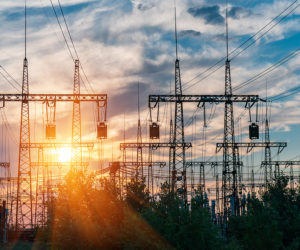
Power Sector Program
Reliable and sustainable power sectors are crucial for economic growth and energy security. The Power Sector Program (PSP), led by the U.S. Department of State, provides technical support to over…
Learn More


Energy Cyber Workforce Policy Brief
The National Governors Association Center for Best Practices, with support from the U.S. Department of Energy Office of Cybersecurity, Energy Security, and Emergency Response, convened a group of public and…
Learn More

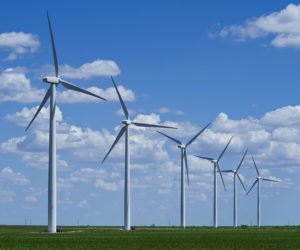
Wind Energy: Technologies and Approaches to Help...
Wind energy is one of the fastest growing renewable energy sources globally. Onshore and offshore wind energy provide an abundant source of electricity with significant environmental benefits, including lower atmospheric…
Learn More


2023 Project Peer Review
The 2023 Bioenergy Technologies Office (BETO) Peer Review Report highlights the U.S. Department of Energy’s commitment to advancing bioenergy solutions that reduce greenhouse gas emissions and promote renewable carbon resources.…
Learn More

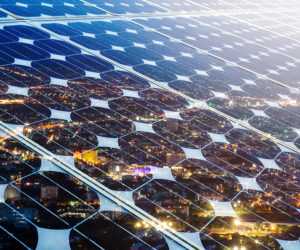
Direct Air Capture Explained
Direct air capture (DAC) is an innovative technology designed to directly pull CO2 from the atmosphere, offering a solution to mitigate climate change. It has the potential to create well-paying…
Learn More

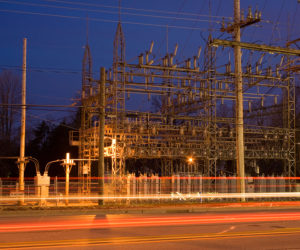
Microgrids for the 21st Century: The Case for a...
The Department of Defense needs a new approach to electrical grid infrastructure to maintain security and access to operational energy. Recent natural disasters and cyberattacks have exposed the vulnerability of…
Learn More

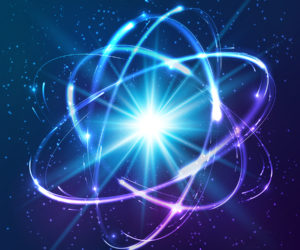
The Ultimate Fast Facts Guide to Nuclear Energy
Nuclear energy has quietly powered the U.S. for over 60 years, providing nearly 20% of the nation’s electricity—enough to keep 72 million homes running. Nearly half of America’s clean energy…
Learn More

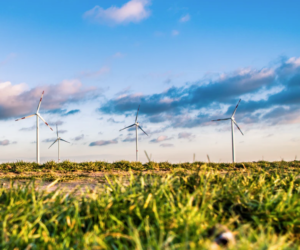
Rethinking Concerns About AI’s Energy Use
With the recent surge in interest in artificial intelligence (AI), people are once again raising questions about the energy use of an emerging technology. In this case, critics speculate that…
Learn More


U.S. DOE Efficient New Homes Program
DOE Efficient New Homes are designed to significantly reduce energy use while maintaining high standards for comfort, durability, and indoor air quality. This fact sheet explains how the program aligns…
Learn More


Climate Change: Global Temperature
Given the tremendous size and heat capacity of the global oceans, it takes a massive amount of added heat energy to raise Earthʼs average yearly surface temperature even a small…
Learn More

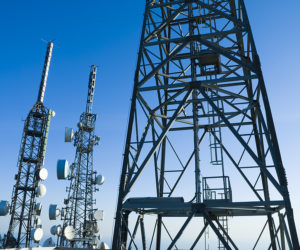
Supply Chain Cybersecurity Principles
The Supply Chain Cybersecurity Principles aim to fortify the global systems that support energy and industrial operations against evolving cyber threats. With a focus on shared responsibility, these principles emphasize…
Learn More


